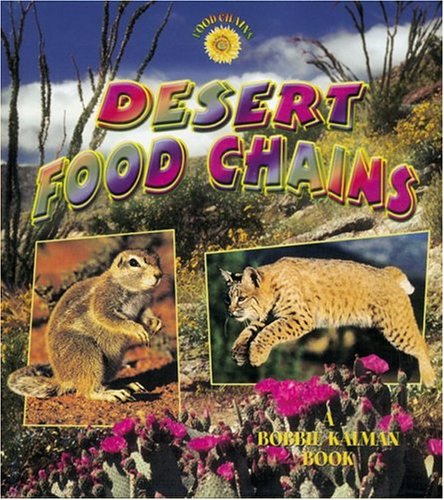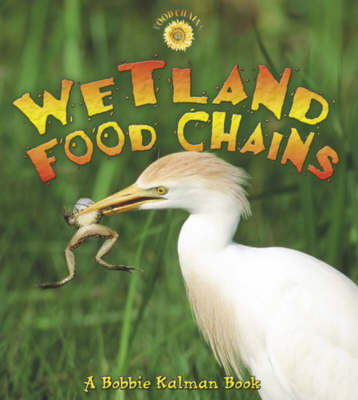Food Chains S.
6 total works
Through many photographs and illustrations, Food Chains and You conveys how the transfer of energy takes place from the sun to various plants and animals, including people. It shows children how they, too, are part of food chains. The book also gives children tips on how to grow their own food-chain-friendly vegetable garden.
Ages 5 to 9 years. This informative book focuses on temperate forest food chains. It looks at the plants, herbivores, carnivores, and omnivores of this habitat and how they get food energy during the various seasons of the year. The book includes information on: forest herbivores, carnivores, and omnivores; how plants make food; animal adaptation in winter; decomposition and the forest floor; dangers to forest food chains and webs.
Ages 5 to 9 years. The tundra is one of the most extreme habitats on Earth, and yet hundreds of species of plants and animals thrive there. In this book, fascinating photographs and clear text teach children about: how plants and animals' bodies have adapted to survive; the many ways animals find food in this bare habitat; why some tundra animals migrate.
Ages 5 to 9 years. Plants and animals in the Sonoran Desert food chains have had to adapt to the hot, dry climate of this habitat. Conserving water is a large part of these food-chain adaptations. Learn about the spectacular Saguaro cacti and the many herbivores and carnivores that are part of the food chains of this desert. Children will learn about: how plants make food; how desert plants and animals adapt to drought and heat; desert hunters and scavengers; dangers to Sonoran Desert food chains and webs; how to help save desert plants and animals.
Ages 5 to 9 years. Beautiful photographs and illustrations highlight the plants and animals that live in the grassy meadow areas at the edges of forests and along the banks of rivers and lakes. Children will learn about: how plants make food; plants and animals that live in meadows; how animals find food in different seasons; dangers to meadow food chains and webs; how you can protect meadows.
Ages 5 to 9 years. A wide variety of plants and animals live, visit, and feed in wetlands, but wetlands are fast disappearing. This book explains which plants and animals live in this habitat and how they interact with one another in the marsh.





